Cold feet are a symptom that can be a natural and harmless body reaction. The human body does particular defense reactions when a person is exposed to cold temperatures for a long-term period. In adverse conditions, blood is first supplied to critical organs such as the brain and heart, as their functioning is essential for survival. It is, therefore, to the distal parts of the body, such as the feet or hands, that blood flow is then restricted.
However, excessive sensations of cold feet can also be a warning sign that pathological processes occur in the body. Frequent feelings of cold feet, especially where the cause is not freezing temperatures, can be a symptom of disease. Conditions that cause symptoms of cold extremities include cardiovascular diseases. Therefore, it is worth consulting your doctor if you often feel cold in your feet and it isn't enjoyable. Find out more about the possible causes of cold feet.

Everybody has at some time experienced the symptom of cold feet due to cold temperatures. This symptom usually does not indicate anything dangerous, whereas cold feet is a defensive body reaction. Thus, healthy people can experience the symptoms of cold feet, and it does not require specialized treatment. However, in some cases, frequent cold feelings in the extremities can indicate various conditions. Knowing the risk groups in which cold feet may occur more frequently due to exposure to specific factors is helpful. Groups at risk for the symptoms of cold feet include:
According to statistics, women are more likely to experience the symptoms of cold feet and hands. It may be related to the different body structures of women. Generally speaking, women often have less muscle tissue than men. In contrast, muscles are primarily responsible for the body's thermal management. Muscles produce energy that warms the body, so a tiny amount of muscle may result in insufficient body heat in women.
Young adults and children are more prone to feeling cold in the extremities. Due to the immaturity of the circulatory system, the younger the person, the greater the risk of cold feet. A child's circulatory system differs in various respects from that of adults proper. Circulatory problems are a prevalent cause of cold feet, mainly affecting adults. A person with poor circulation often finds it difficult to supply sufficient warm blood to the extremities and may complain of cold hands and feet.
Being underweight can be another risk factor that increases the likelihood of cold feet symptoms. People with a low body mass index (BMI![]() ) are likelier to experience hypothermia, which causes feeling chilly in the extremities. Low body fat does not provide sufficient insulation against low temperatures, which promotes easy hypothermia. Also, low muscle mass contributes to poor cold tolerance, as it is the muscles that produce a significant amount of heat when working.
) are likelier to experience hypothermia, which causes feeling chilly in the extremities. Low body fat does not provide sufficient insulation against low temperatures, which promotes easy hypothermia. Also, low muscle mass contributes to poor cold tolerance, as it is the muscles that produce a significant amount of heat when working.

Cold feet is a symptom that can occur in everybody. It does not usually indicate any dangerous causes, but it can indicate various conditions when it appears frequently and intensely. There can be many causes of cold feet; in some cases, only specialized examinations can detect the abnormalities responsible for the symptoms. Causes include, but are not limited to:
The human body does particular defense reactions when a person is exposed to cold temperatures for a long-term period. Under adverse conditions, blood is first delivered to critical organs such as the brain and heart, as their functioning is essential for lasting. As a result of the centralization of circulation, blood flow is reduced. All of it intensifies the feeling of cold precisely in these extreme parts of the body. Such temporary cooling of the feet and hands is not a cause for concern but rather an appropriate body response to the prevailing external environmental conditions.

Cardiovascular and heart problems may be responsible for coldness in the feet and hands. This group of diseases includes atherosclerosis![]() . This disease involves the deposition of unfavorable cholesterol deposits in the lumen of a vessel. Consequently, the vessel is narrowed and damaged, resulting in abnormalities in blood flow. Abnormalities in blood flow result in frequent feelings of cold feet and hands. In addition to this, hypertensive
. This disease involves the deposition of unfavorable cholesterol deposits in the lumen of a vessel. Consequently, the vessel is narrowed and damaged, resulting in abnormalities in blood flow. Abnormalities in blood flow result in frequent feelings of cold feet and hands. In addition to this, hypertensive![]() patients also complain of constantly cold hands and feet, which is related to poor circulation, as well as sensory and mobility problems.
patients also complain of constantly cold hands and feet, which is related to poor circulation, as well as sensory and mobility problems.
The feeling of coldness in the extremities can also be caused by a specific glucose metabolism, which occurs in diabetes and insulin resistance, among other conditions. One of the most common symptoms of diabetes is impaired blood circulation, so diabetes![]() and its accompanying complications can sometimes cause cold hands and feet. Also, a symptom accompanying insulin resistance can be a constant cold feeling. A serious cause of feeling chilly in the feet is diabetic neuropathy, which causes nerve damage.
and its accompanying complications can sometimes cause cold hands and feet. Also, a symptom accompanying insulin resistance can be a constant cold feeling. A serious cause of feeling chilly in the feet is diabetic neuropathy, which causes nerve damage.
Reduced levels of hemoglobin in the body characterize anemia. Haemoglobin is a protein found in erythrocytes that transports oxygen in the body. In the course of anemia, the blood cells cannot carry sufficient oxygen to the tissues for various reasons. This results in a decrease in the metabolic activity of the tissues and noticeably cooler extremities. Thus, in the course of anemia, there may be greater sensitivity to low temperatures and the symptoms of cold feet.
The sympathetic nervous system mobilizes the body, stimulating the work of many organs. The sympathetic nervous system decides that less vital organs can remain undernourished and hypoxic, which can cause the feeling of cold feet. Emotions can also play a big part in the occurrence of cold extremities. The sympathetic part mobilizes us to act in stressful situations. In stressful situations, there is the production and release of increased amounts of adrenaline, associated with a muscular contraction of peripheral blood vessels leading to palms and feet becoming pale and cold and centralizing the circulation around organs essential for survival, namely the heart and brain.

Systemic connective tissue diseases are a broad group of inflammatory diseases characterized by damage to connective tissue, including collagen. They cause various symptoms in the joints, muscles, and skin but can also involve internal organs. The earliest symptoms are general weakness, muscle pain, joint pain, swelling of the hands, and sub-febrile states. One of the most characteristic symptoms of systemic disease is Raynaud's sign![]() . It is a condition in which small blood vessels in the skin contract as a reaction to cold or stress, causing pallor, blueness, and redness of the fingers or toes.
. It is a condition in which small blood vessels in the skin contract as a reaction to cold or stress, causing pallor, blueness, and redness of the fingers or toes.
It is damage to nerves outside the spine and brain. There are many causes of the condition, including external factors and diseases. Neuropathy can cause muscle weakness, which can cause loss of strength or skill. There may also be a loss of sensation or distortion of tactile sensation. As such, symptoms of peripheral neuropathy may include feeling excessively warm or cold in the extremities.
Hypothyroidism is a condition in which there is a lack of thyroid hormones, which causes the body's metabolism to slow down. There are several types of hypothyroidism, and the condition can cause a variety of symptoms. Hypothyroidism is when the thyroid gland does not make enough thyroid hormones![]() . It can cause a constant feeling of cold, including in the extremities. Different symptoms of this dysfunction include weight gain, fatigue, hair loss, and dry skin.
. It can cause a constant feeling of cold, including in the extremities. Different symptoms of this dysfunction include weight gain, fatigue, hair loss, and dry skin.
Recently, there has been a new medical concept regarding cold extremities, namely Flammer syndrome![]() . Flammer syndrome is a disease entity that involves primary vascular dysregulation. There are also symptoms directly related to vascular function. Flammer syndrome occurs in individuals with a tendency to have an altered vascular response to stimuli such as cold, stress, or hypoxia. The disease often occurs in thin patients with low blood pressure. Patients experience cold extremities, increased sensitivity to pain, and many different symptoms. The new disease entity, Flammer Syndrome, requires more research.
. Flammer syndrome is a disease entity that involves primary vascular dysregulation. There are also symptoms directly related to vascular function. Flammer syndrome occurs in individuals with a tendency to have an altered vascular response to stimuli such as cold, stress, or hypoxia. The disease often occurs in thin patients with low blood pressure. Patients experience cold extremities, increased sensitivity to pain, and many different symptoms. The new disease entity, Flammer Syndrome, requires more research.

Smoking cigarettes is an addiction that is detrimental to a person's health and increases the likelihood of various diseases and symptoms. Cigarettes smoked regularly can also contribute to cardiovascular problems. The chemicals in tobacco smoke have a toxic effect on the body. Nicotine stimulates the cardiovascular system, which causes coronary vasoconstriction, increases heart rate, and raises blood pressure. The small vessels in the fingers and toes are susceptible to vasoconstriction, which causes coldness in these areas.
Cold feet symptoms can be accompanied by a whole range of different symptoms, depending on the cause. Some sources report symptoms often present in patients complaining of a cold feet problem. Additional symptoms may, therefore, include:
Fatigue is a common symptom at the onset of various diseases and infections. Fatigue combined with cold extremities are symptoms that often occur together in hypothyroidism or anemia. An infection can also cause excessive fatigue, and a cold can cause symptoms such as a general feeling of cold and chills.
Studies have shown that headache symptoms can often accompany cold feet. Frequent tingling in the feet and feeling cold accompanying these symptoms with dizziness associated with nausea, dry mouth, and visual disturbances may indicate neuropathy. People struggling with hyperglycemia are a particular risk group. In addition, headaches combined with cold extremities may indicate different diseases.

Sleep problems are another symptom of cold feet. Cold feet often occur at night and make it difficult to fall asleep. Abnormal blood circulation contributes to this. Cold feet at night can cause unexpected awakenings, affecting sleep quality. Blood vessels in the extremities constrict at night, causing less blood flow.
The symptoms of cold feet can also be linked to mental health. Specifically, cognitive problems, often caused by stress, are indicated. Chronic stress can be damaging in various ways. Cold feet can be a consequence of exposure to a stress factor. The feeling of cold feet can also occur in the course of psychiatric illnesses, such as anxiety disorders. Anxiety can cause endocrine dysfunction, which may be responsible for feeling cold.
When you experience frequent or excessive feelings of cold feet that negatively affect your daily functioning, go to your doctor. It is worth performing tests to find out the goal of the cause of your cold feet. After all, many illnesses can cause cold symptoms. It is necessary to consult a specialist when additional symptoms accompany cold feet. In particular, symptoms of numbness, tingling, and problems with movement are indicated. When a decrease in the muscular strength of the legs is observed, medical care should be sought immediately.
After taking a history, the doctor will usually order specialized tests:

If cardiovascular-related diseases are suspected, the doctor may perform an electrocardiogram (ECG). An ECG is a noninvasive and painless test that assesses the heart and detects any abnormalities.
Doppler ultrasound is recommended when symptoms of vascular disease such as pain, swelling, fatigue, cold feet, circulation disorders, and numbness in the limbs occur. It is an imaging test that measures blood flow in veins and arteries, giving an idea of their cross-sectional area and capacity.
Various indicators obtained through laboratory tests can indicate the cause of cold feet. Glucose levels can be tested, for example, to check whether the feeling of cold feet is caused by diabetes or insulin resistance.
Cold feet are usually harmless symptoms caused by the body's reaction to freezing temperatures. However, excessive sensations of cold feet can also be a warning sign that pathological processes occur in the body. Everybody has at some time experienced the symptoms of cold feet. Some people may be more prone to feeling cold in their extremities. The causes also belong to various types of disease, which special diagnostic tests can detect. When a decrease in the muscular strength of the legs is observed, medical care should be sought immediately.
Table of Contents
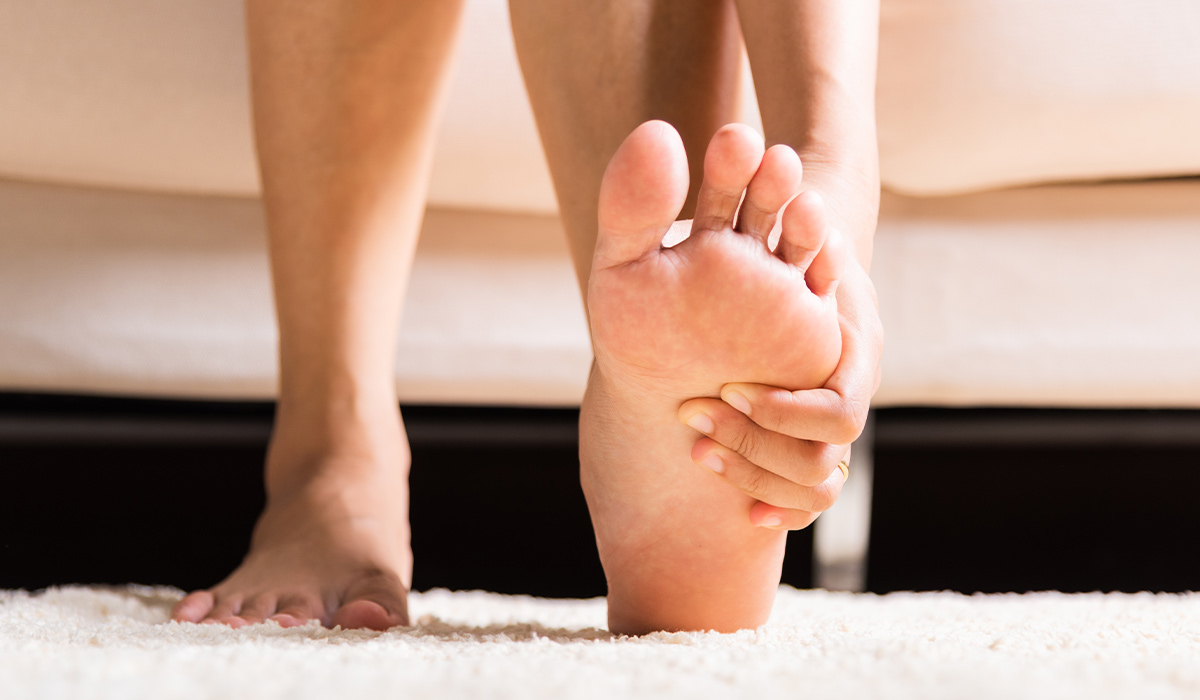
Swollen feet is an outward sign of fluid accumulation in the body. It can be a symptom of serious health… read more »

Cold sores are a common viral infection that usually affects lips skin around the mouth, chin, or nose. They are tiny… read more »

Are you bothered by leg cramps? Find out what causes them. Learn about treatment methods and tips for this condition.… read more »

A common cold is a set of symptoms associated with inflammation of the mucous membranes of the nose, throat and… read more »
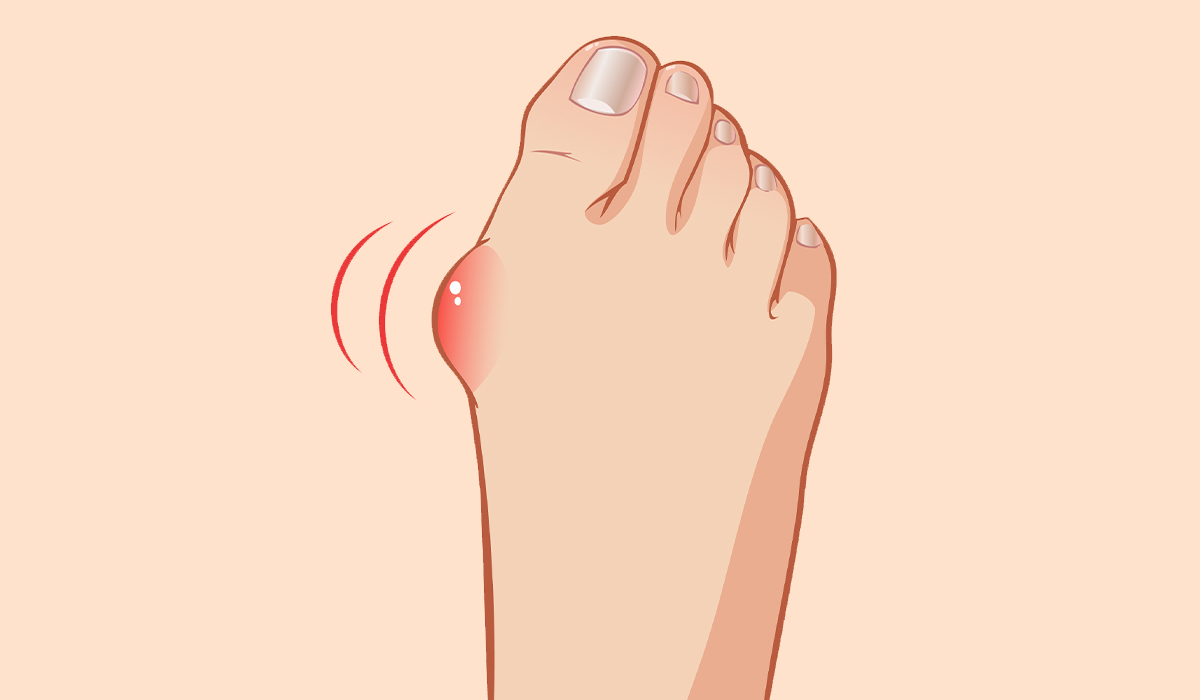
A bunion, which doctors name Hallux Valgus, is when there's a clear bump on the side root of your big… read more »
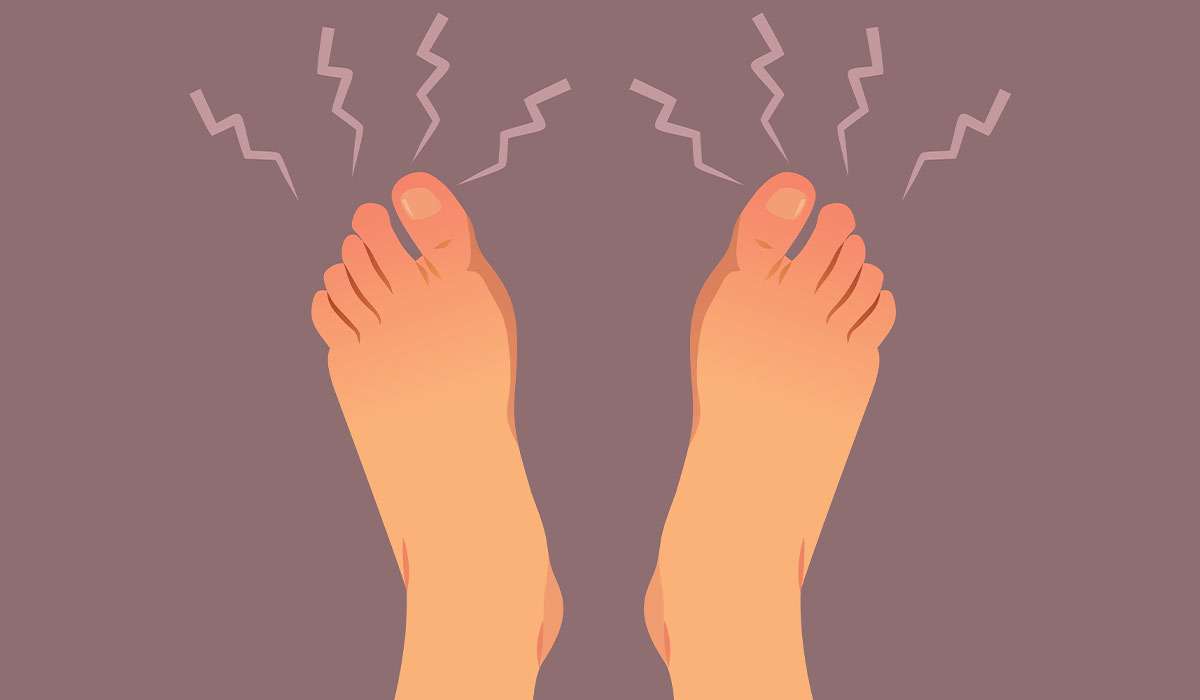
An athlete's foot, or tinea pedis, is an infection of fungal origin that affects the feet. It is usually mild… read more »

Cryotherapy is a treatment that uses the body's natural defenses to very low temperatures. What health benefits does it bring?… read more »
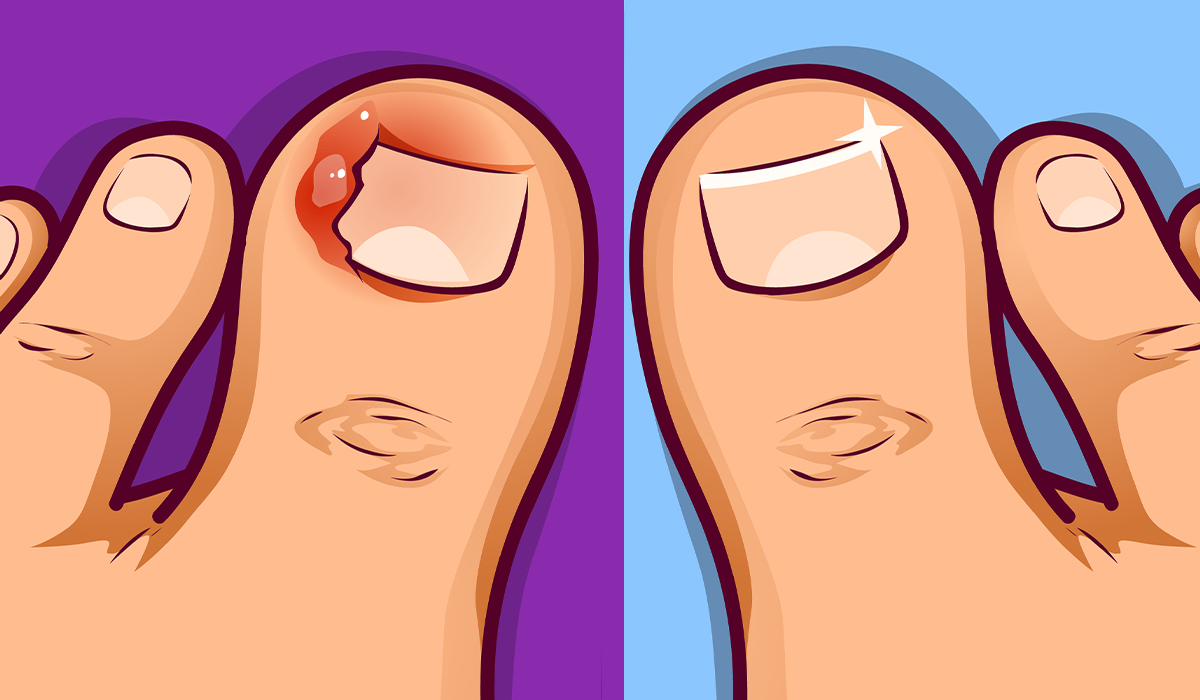
An ingrown toenail that develops into the skin, which specialists call onychocryptosis, happens when the edge or corner of the… read more »
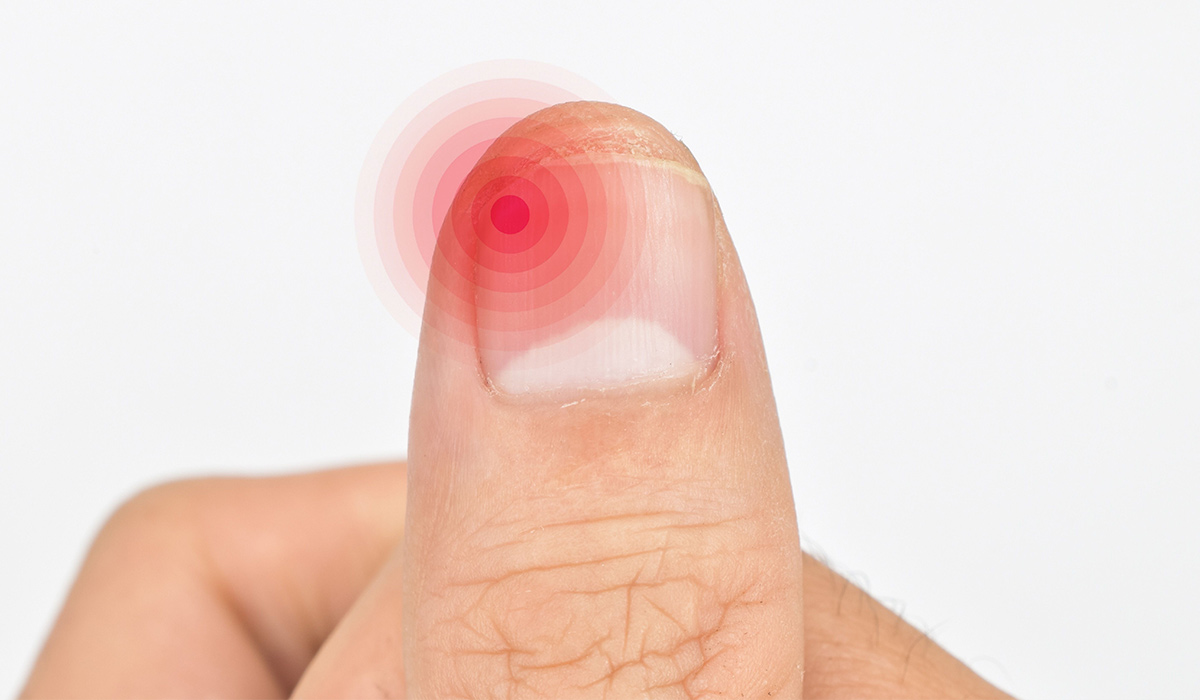
Paronychia is an inflammatory disease that develops in the nail fold of the hands or feet. What are the symptoms?… read more »